Camping in a tent is a great way to enjoy the outdoors.
Car camping, on the other hand, isn't as great. However, when the weather changes and you don't want to risk sleeping in a tent or don't feel like setting up a tent, or are simply trying to save money, sleeping in the car is a great option.
But how do you ensure you get a good night's sleep?
We answer this in this post. In this article, we'll go over tips on how to get a good night's sleep when sleeping in your car.
Here's what you'll learn
Let's get right into it.
Table of Contents
- Why Sleep in Your Car?
- Tips for Sleeping in your Car
- #1. Have the Necessary Sleeping Essentials
- #2. Know Where to Park and What Permits are Needed
- #3. Create a Cozy Place to Sleep
- #4. Ensure Proper Ventilation When Sleeping
- #5. Don't Leave Your Car Running
- #6. Refrain From Using Your Car Lights
- #7. Bring Earplugs and Use Legal Tint
- #8. Call a Friend
- #9. Sleep with Your Head Towards the Front of the Car
- #10. Do a Test Run
- Sleeping in the car Doesn't Have to Be a Nightmare
Why Sleep in Your Car?
You might choose to sleep in the car for several reasons.
One reason could be that you're trying to save money you'd otherwise spend on a motel or for buying a tent.
You could also sleep in the car if you plan an early start to a long hike. This is because you can park the car near the trailhead; hence you won't have to walk too far to start your hike.
The other reason why you'd sleep in your car is in a bid to escape harsh weather elements.
Now that you know the various scenarios that would force you to sleep in your car, let's get into the tips to make your sleep as comfortable as possible.
Tips for Sleeping in your Car
#1. Have the Necessary Sleeping Essentials
You should have all your sleeping essentials at hand before you park at a spot.
These include:
- Your sleeping bag and pad or inflatable car mattress
- Two pillows
- Blanket or sheet
- A teddy bear
- Eye mask and earplugs
The items mentioned above will come in handy to ensure you have a comfortable sleep.
However, don't let the lack of these items ruin your chance at sleeping well while car camping.
If you don't have a sleeping pad, you could use your clothes to help create cushioning between you and the surface. You could also get a sleeping bag liner if you feel the need to add some softness to your sleeping bag.
If you don't have a pillow, you could stuff your clothes in a pillowcase to make a DIY pillow.
You might be wondering why we recommend a teddy bear. Well, this is because security comes in all shapes and sizes, including cuddly toys! So, if you feel safer sleeping with your teddy bear, then do it.
#2. Know Where to Park and What Permits are Needed
Anyone thinking about car camping will tell you that their biggest challenge is deciding where to park?
You can't park anywhere and sleep.
However, there are places where you can camp for free in your car. These include:
- US National forests and grasslands
- Bureau Of Land Management public lands (For people in the USA)
- Crown land (for people in Canada)
Besides these three free camping sites, you could also park in areas that aren't traditionally considered camping spaces. These include:
- Walmart
- 24 Hour Gyms
- Truck stops
- Rest stops
- Hospitals
You could also use mobile apps like Allstays, Hipcamp, Campedium, and US Public lands to find camping grounds where it's legal to sleep in the car.
You have to remember that every county has its own rules and regulations for sleeping in vehicles.
Be sure to check up on these rules before embarking on a car camping adventure.
If you decide to use camping grounds, call early on to ensure there are openings and confirm if they are open.
Safety Tip: Avoid parking on the roadside, or anywhere you may obstruct movement.
#3. Create a Cozy Place to Sleep
Once you've decided on where to park, it's time to make the car cozy for sleeping.
Depending on your type of car, creating a cozy space could either be easy or complex.
If you have a truck, the truck bed will act as your sleeping space. If you drive an SUV, Crossover vehicle, Hatchback, or wagon, you'll need to fold down the rear seats to create a flat area where you can sleep.
If you drive a sedan whose seats don't fold down, you could use the back seat as your bed.
The second step to creating a cozy place to sleep is making your bed.
First, check for any uneven bumps and protrusions that could mess up your sleep. These include gaps between surfaces, wheel wells, or seats that don't fold up. Use pillows or clothes to help cover these spaces.
Place the sleeping pad on the flat surface, then inflate your sleeping bag. If you don't have a sleeping pad, use blankets and clothes to help create the cushioning between you and the ground.
With the bed set up, it's now time to sleep.
But first...
#4. Ensure Proper Ventilation When Sleeping
Before sleeping, make sure you've appropriately ventilated your car to keep it from getting stuffy.
To do this, crack open the window or sunroof to allow fresh air to come in.
For this step, make sure you open the window or sunroof just wide enough to prevent thieves, miscreants, or animals from entering the car.
And in case of bugs, you can use netting to cover the slightly cracked window or sunroof.
If you don't have netting, use a lightweight tarp or clothes to cover the window.
#5. Don't Leave Your Car Running
You may be tempted to leave your car running to use climate control, whether in a hot or cold climate.
Don't make this mistake.
Leaving your car running puts you at the risk of inhaling harmful emissions.
By leaving your car running, you also risk killing your car battery. Imagine waking up in the morning, ready for a hike, then discover the car won't start.
Bet you're wondering, "how do I keep cool or warm without climate control?"
If you're car camping in the winter or during the cold season, you could use hot water bottles to keep warm through the night.
If you're camping in the summer or hot climate, bring a portable battery-operated fan to help you keep cool.
#6. Refrain From Using Your Car Lights
Another common mistake many rookie car campers make is using car lights to see at night.
Just like leaving your car on, leaving the lights on could drain the battery.
Rather than your car lights, you could hang a headlamp or a lantern to help you navigate through the car.
#7. Bring Earplugs and Use Legal Tint
If you park at a Walmart or somewhere in the city, it may get noisy at night. Street lights and other neon lights may also make it hard for you to sleep.
However, with earplugs and legal tint or vinyl, noise and lights shouldn't be something to worry about.
#8. Call a Friend
Before going to bed, make sure you call a friend and tell them where you've parked.
While everything is likely to go right, it's still better to let someone know where you've parked. You never know what might happen through the night.
#9. Sleep with Your Head Towards the Front of the Car
In any car, the front area always has more space than the back area. When you sleep with your head facing the front area of the vehicle, you have more elbow room.
Sleeping at the front of your car also means that your sleeping bag won't accidentally slip in the car's trunk.
Another sleeping tip to remember is always to keep your head above your feet when sleeping. When parking, always aim to orient the car so that the head will be above the feet when sleeping.
#10. Do a Test Run
To help you prepare, visit places that allow car camping, then see how comfortable your sleeping in your car is.
Similarly, try out different activities during the day while in the car, so you know what gear works best with your setup. This way, you'll be ready when the time comes for your car camping adventure.
Sleeping in the car Doesn't Have to Be a Nightmare
There you go.
All the tips you need to make your next car camping adventure more comfortable. Which of these tips will you use on your next trip? Do you know of any other car camping tips?
Please tell us in the comment section below.
And if you're looking for high-quality outdoor apparel for your next hiking adventure, please check out our online shop here.
Onwards and upwards with Northbound Gear.
Read more

Ontario's natural beauty is as diverse as its geography, ranging from the rugged Canadian Shield in the north to the peaceful countryside in the south. The province offers countless hiking opportun...
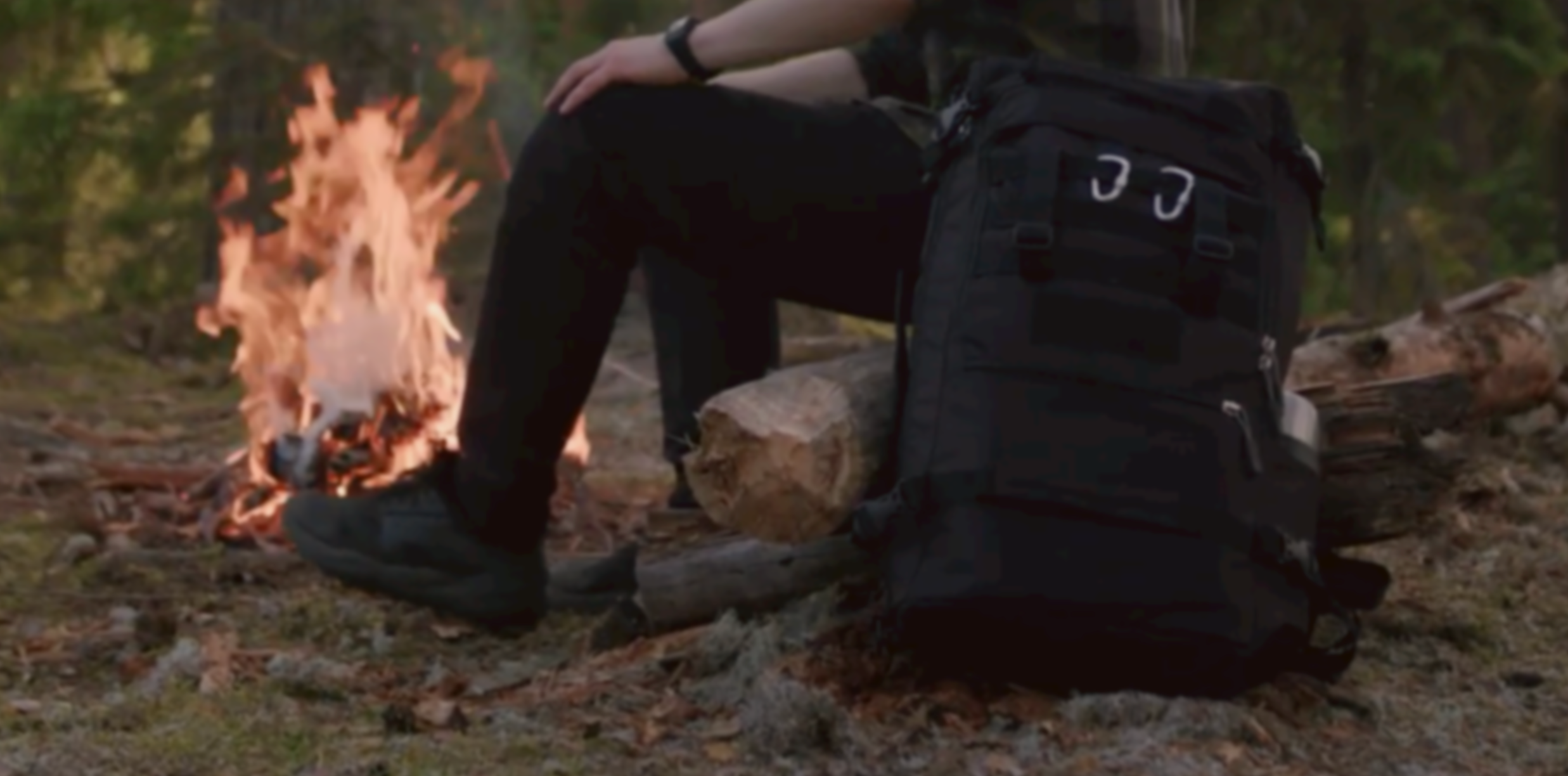
How do you pack a backpack for a multi-day hiking trip? In this article, we answer this question. In this article, you’ll learn what to pack at the bottom, core, top and outside pockets of your hik...
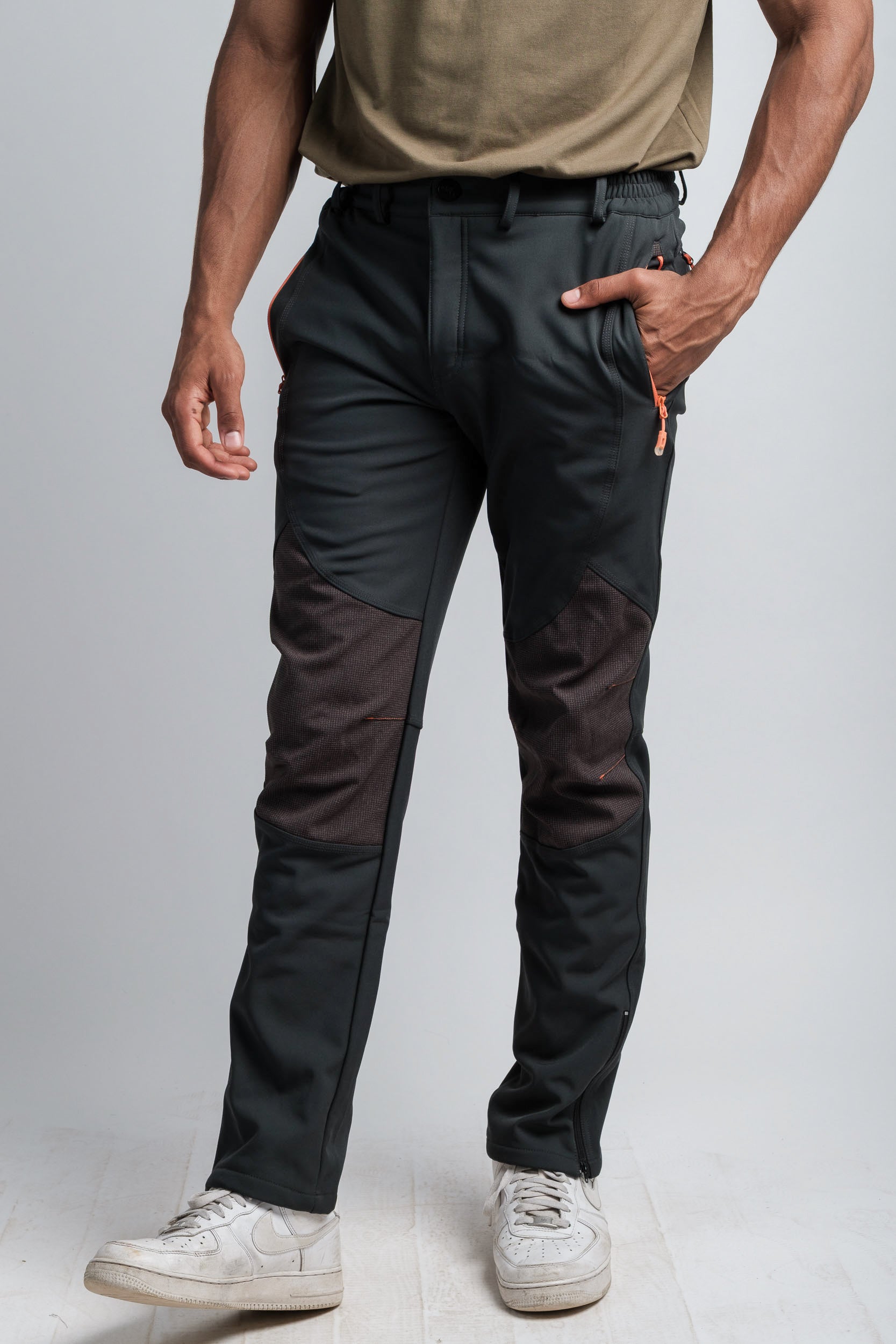
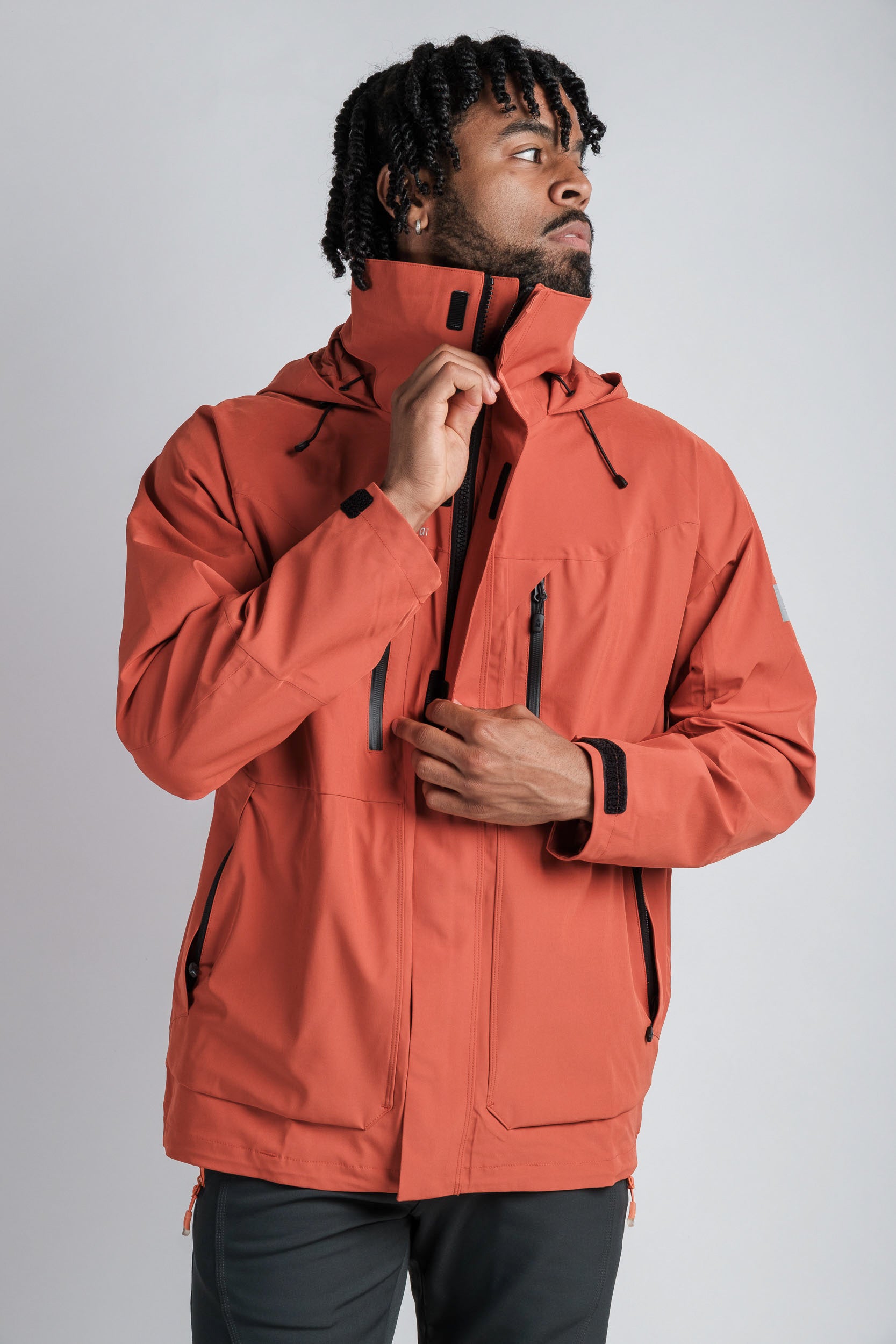
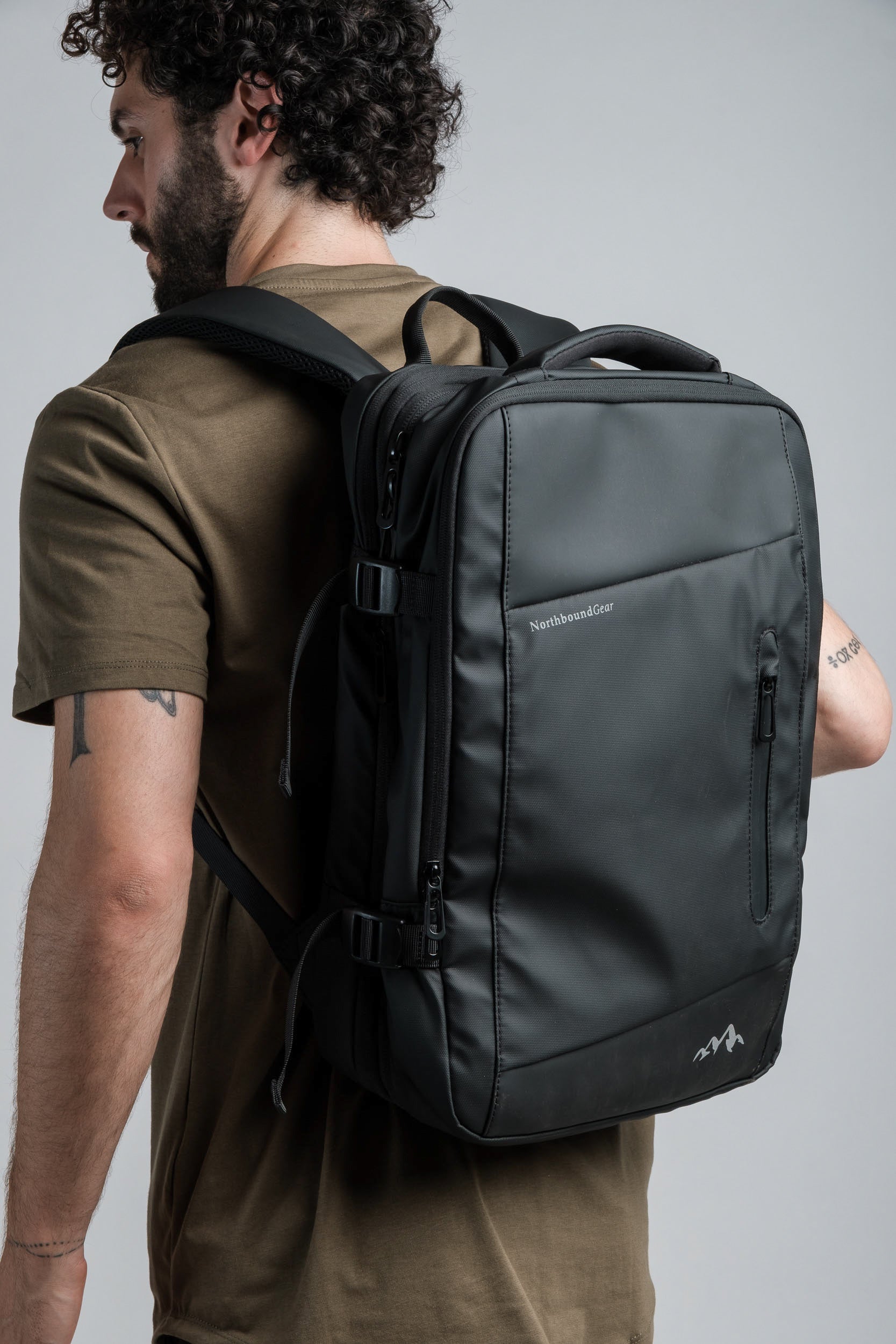
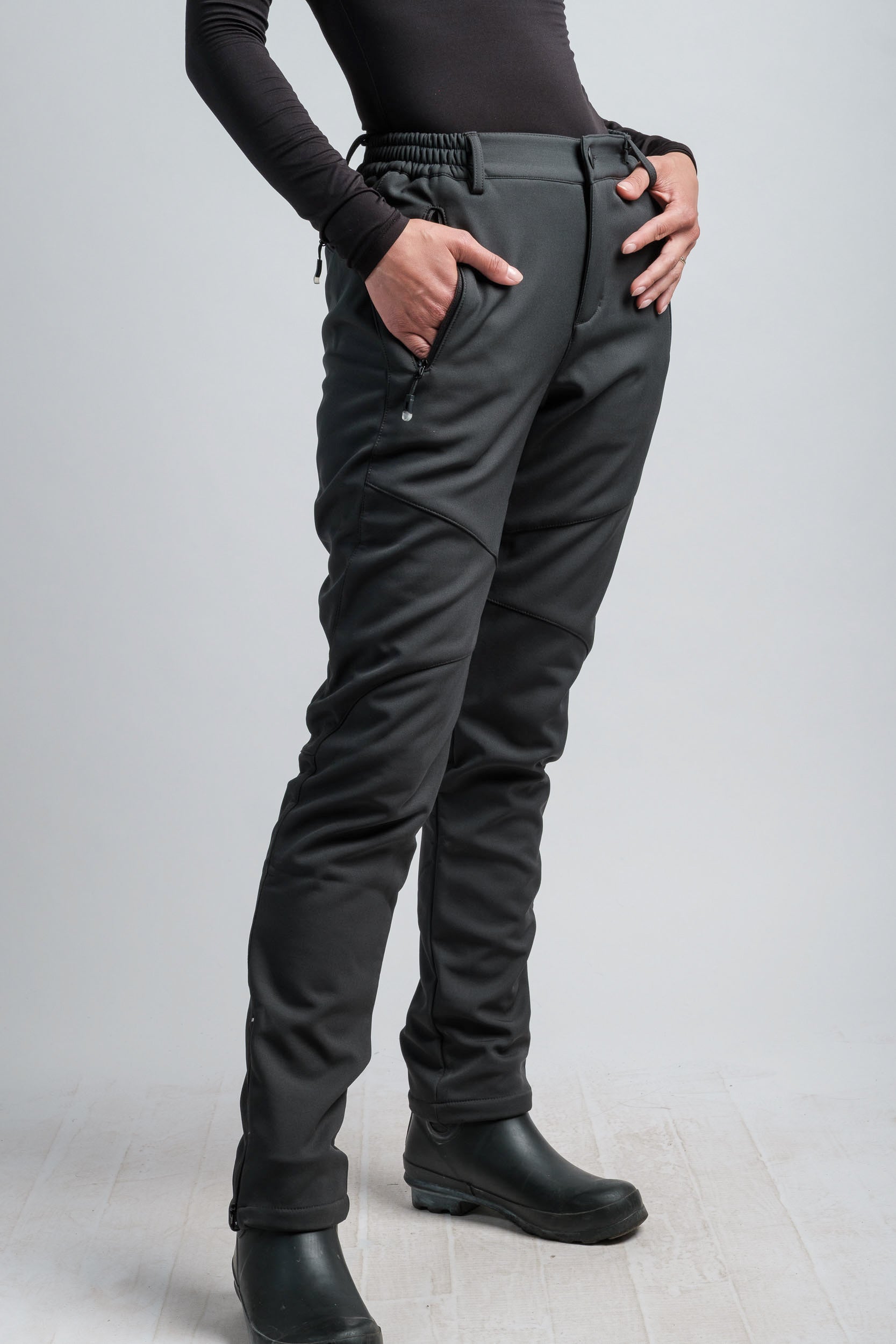
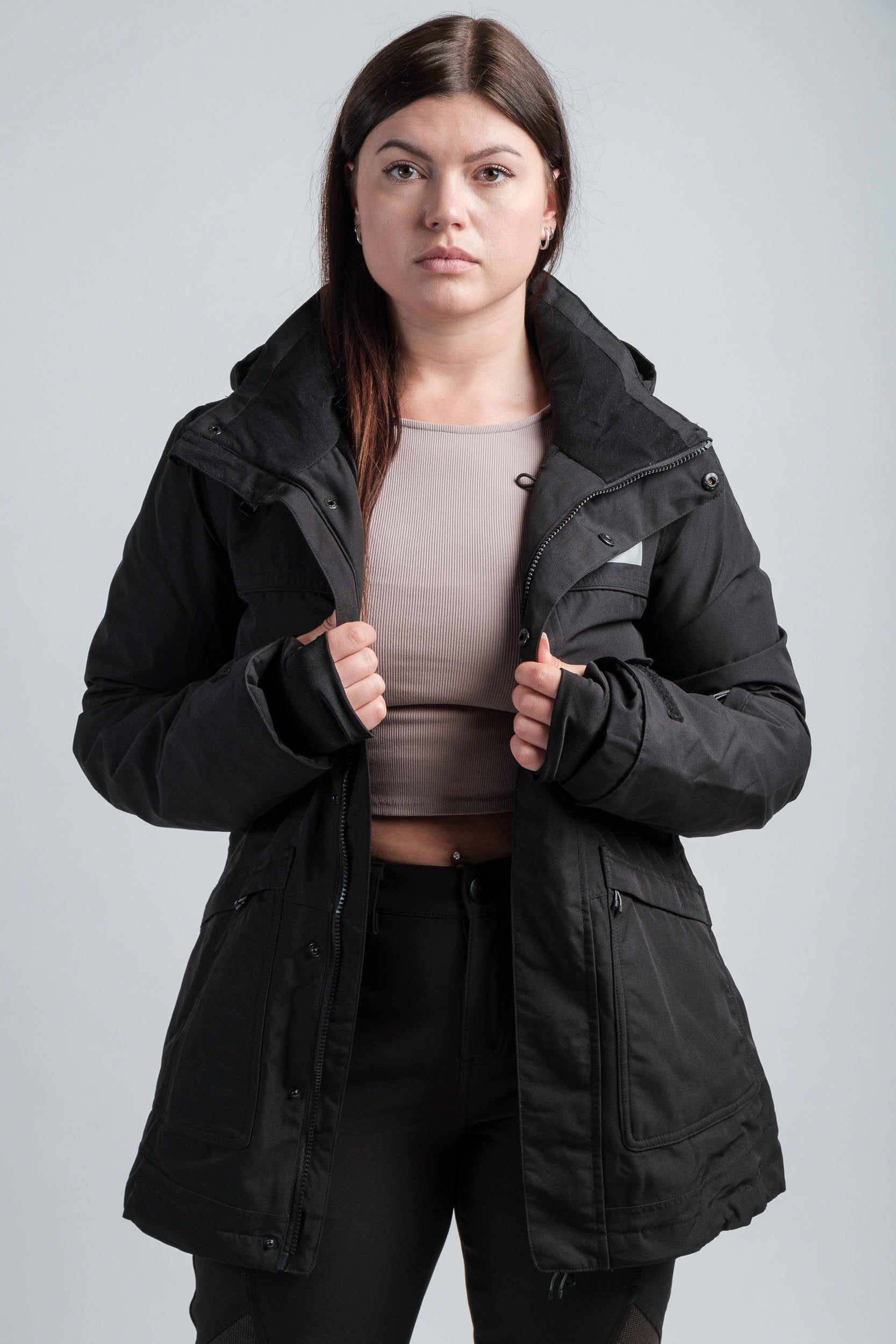
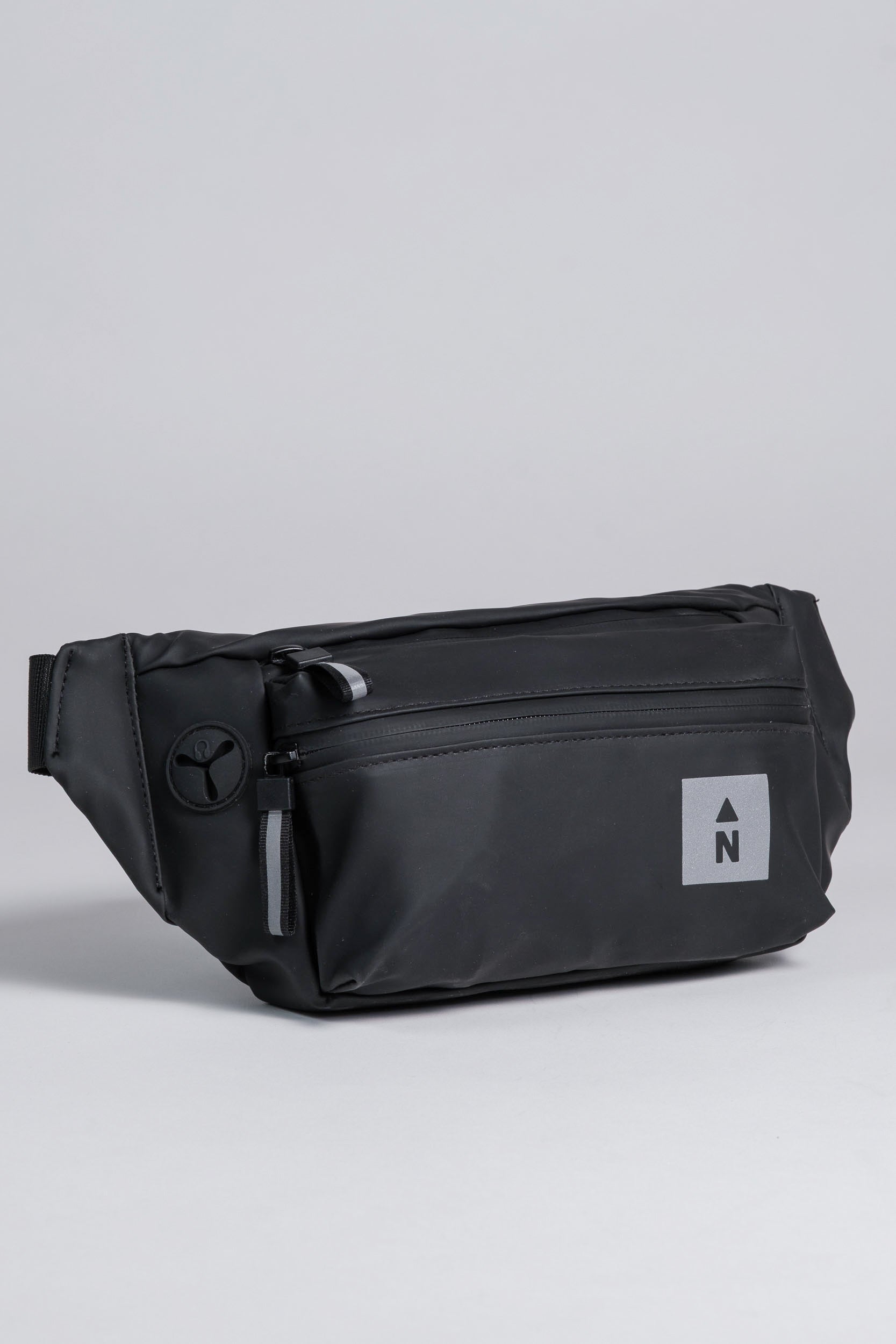
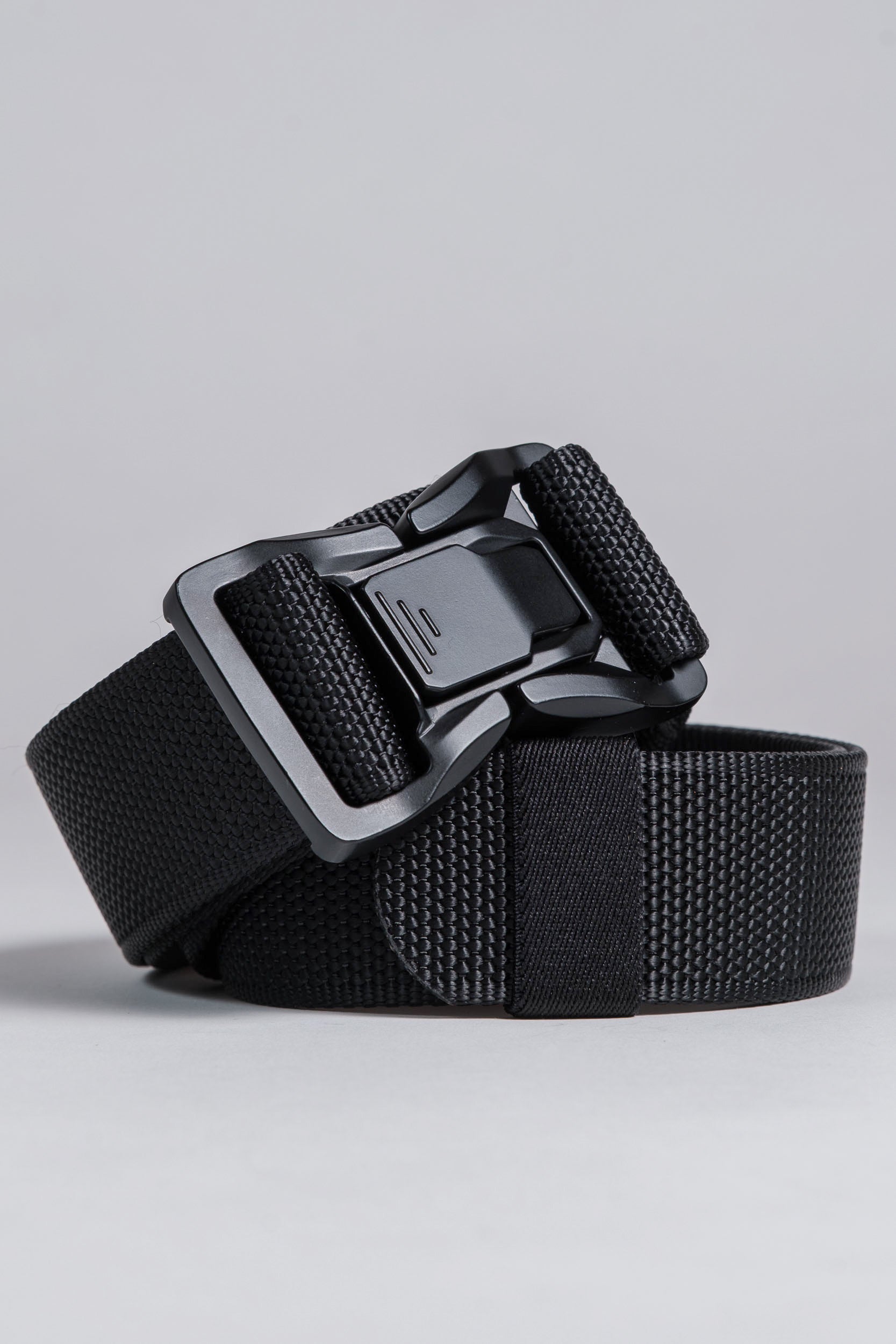
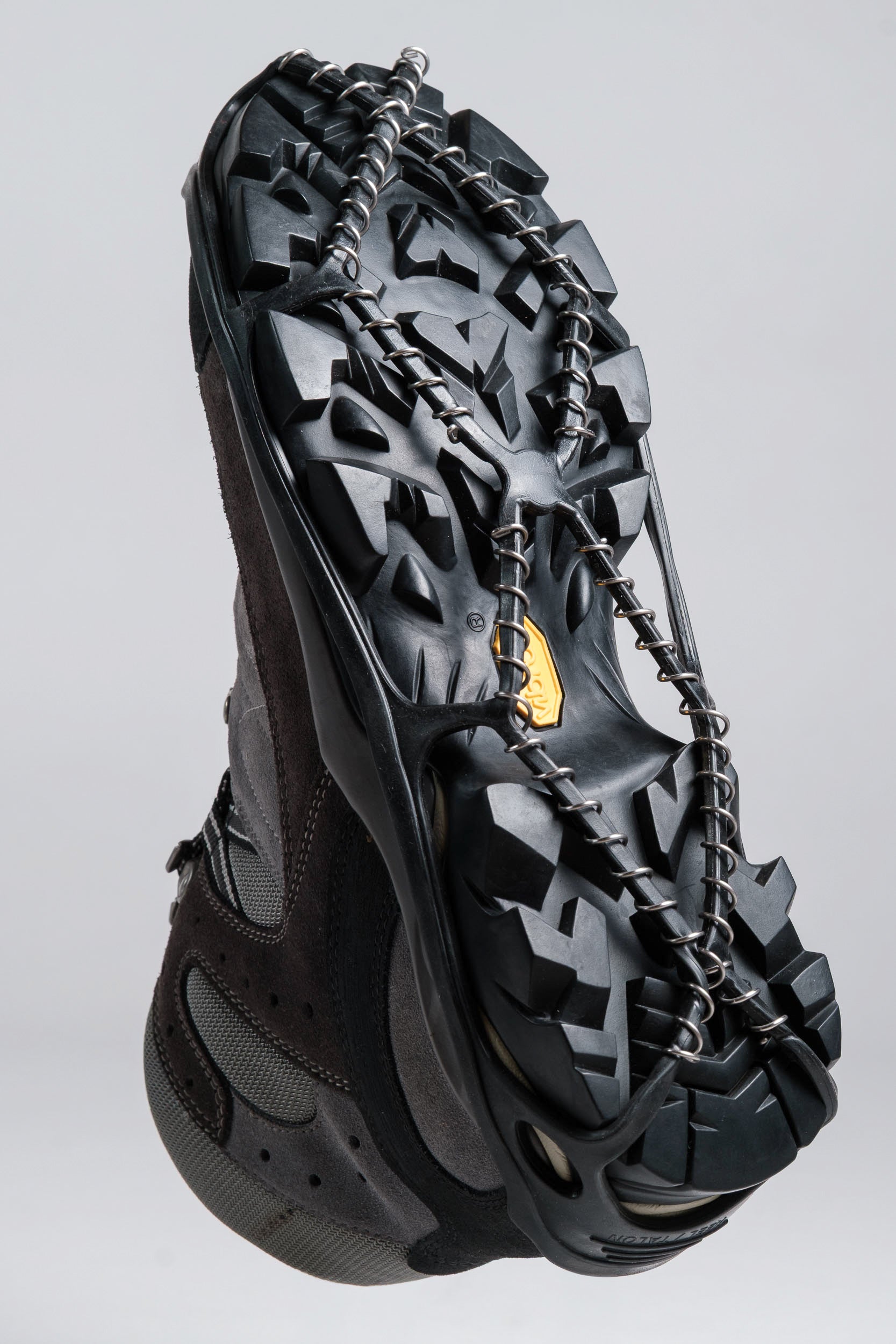
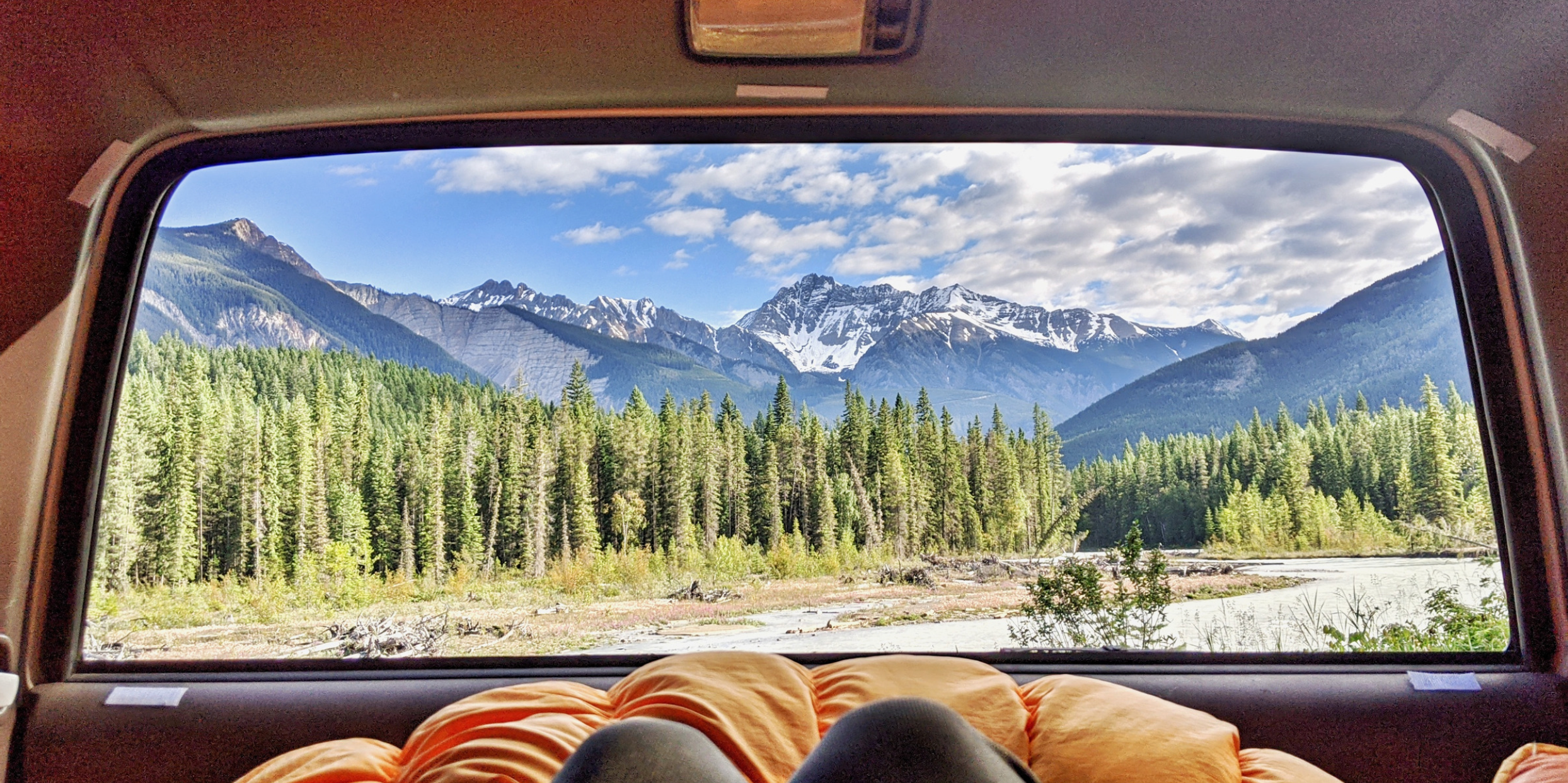
Leave a comment
All comments are moderated before being published.
This site is protected by hCaptcha and the hCaptcha Privacy Policy and Terms of Service apply.